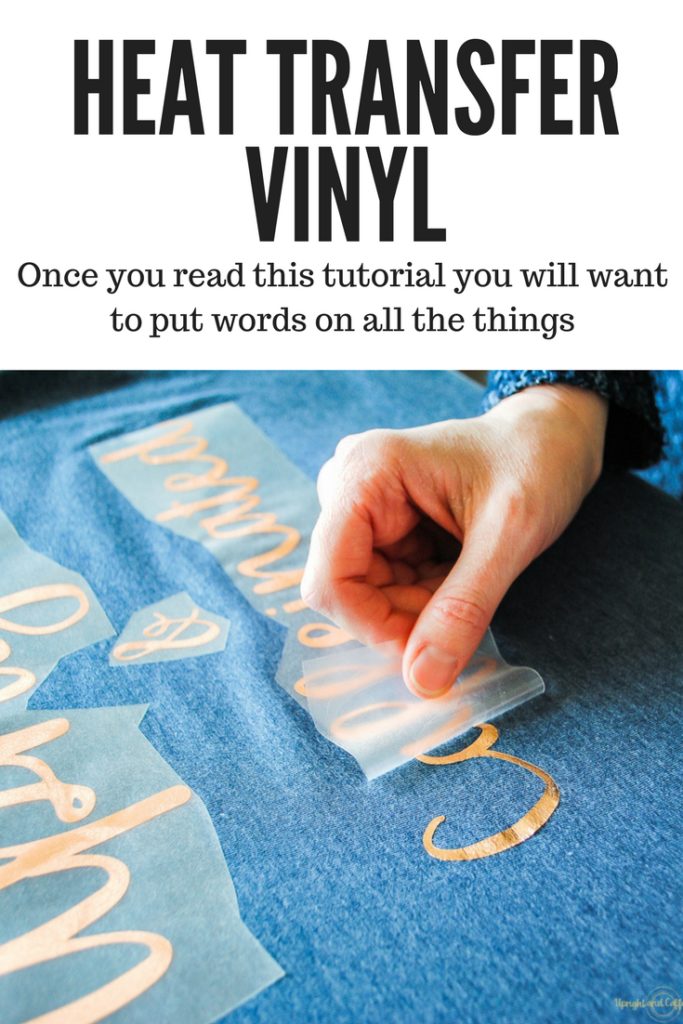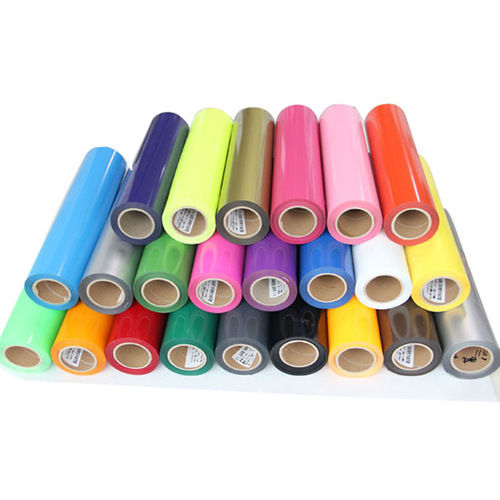

Heat Transfer Vinyl is a speciality vinyl which is used for heat-applying onto different types of surfaces (mainly fabrics), with an iron or heat press. Self-adhesive vinyl is a widely-used vinyl for making stickers for indoor and outdoor use on hard surfaces. What’s The Difference Between Heat Transfer Vinyl & Self-Adhesive Vinyl? Stahls HTVs are globally renowned for their quality and range of finishes. Speciality Features: If you’re looking for a unique finish, such as Flock HTV or Reflective HTV, again there are different grades available in the UK, but opting for a recognised brand (such as Stahls HTV) is a strong indication that the vinyl you purchase will be up to the job!.

By comparison, PU-based HTV tends to be hot peel which makes it much quicker, and providing the adhesive is applied at the correct temperature it should easily last at least 50 washes. However, using a PVC-based HTV can often result in issues applying it. Ease of Application: The process of heat-applying the vinyl to the fabric should be a quick and easy process.For example, Sportsfilm Extra T-Shirt Vinyl comes in 40 different colours, including fluorescent and pastel finishes. Range of Colours: Most standard HTVs are produced in matt or semi-matt block colours, and the larger brands have a wider choice of colours available.They also tend to be much thinner, as they’re primarily made using PU (Polyurethane) rather than PVC which is cheaper to manufacture. Good vinyls tend to be much more durable and do not peel off easily, fade or crack, providing they’ve been washed according to the after-care instructions provided. Quality: Some online retailers offer HTV bundles which can vary in quality, where as established brands tend to offer superior vinyls in specific colours by the metre, usually in 500mm wide rolls.General, the main elements for the perfect HTV are as follows: Guide which will hopefully help you to find what you’re looking for. If you’re planning on producing retail-quality designs, so we’ve created this

It’s often down to personal preference, but high-quality HTVs, such as the Stahls range of Heat Transfer Vinyland Printable Heat Transfer Vinyl that we supply, are primarily produced using polyurethane (PU) to make them thin yet opaque, easy to weed, quick to apply and long-lasting.įor your needs is often time-consuming when you first start out, particularly There are also Printable Heat Transfer Vinyls available, although these require a solvent printer, such as the Roland VersaCAMM, Roland BN-20, Mimaki CJV, and a selection of Mutoh, Uniform Seiko and HP Printers Speciality finishes, such as a Glittter Heat Transfer Vinyl, can add an extra dimension to your designs. In addition, the video below explains the advantages of using a heat press compared to an iron: If you’re considering purchasing a heat press, our UK Heat Press Machine guide and Cricut EasyPress vs Stahls Heat Press UK guide are worth reading to gain a better understanding of the differences and help you to determine the best heat press to fit your requirements. Based on this, if you’re looking to supply the finished goods for retail sale we’d strongly recommend looking at purchasing a commercial heat press to ensure that the heat transfer is properly bonded to the intended fabric. Most Heat Transfer Vinyls and custom heat transfers are manufactured for use with commercial heat presses which are able to maintain a consistent temperature and even pressure which are both something that the Cricut EasyPress struggles to provide due to it being aimed at the hobby market and is rarely used for retail/commercial use. A commercial heat press can be calibrated to these requirements and maximise your efficiency, whereas you will not be able to perform anything accurately with a hobby press, such as a Cricut EasyPress, or a domestic iron. This not only saves time, but ensures that the Heat Transfer Vinyl is applied at the HTV manufacturer’s recommended temperature, pressure and time to make the design last as long as the garment. Standard HTVs allow you to create a design, cut it on a plotter/cutter (such as a Silhouette Cameo or Cricut cutter for beginners and hobbyists, or a Graphtec, Summa or Roland plotter for larger companies), “weed away” the excess vinyl and heat-apply it onto a substrate, primarily fabrics such as t-shirts and other clothing.ĭo You Need A Heat Press For Heat Transfer Vinyl?Īlthough a domestic iron or hobby press could be used, to ensure that the HTV is properly applied to the garment, a heat press is strongly advised. Block-colour HTVs come in a wide range of colours.


 0 kommentar(er)
0 kommentar(er)
